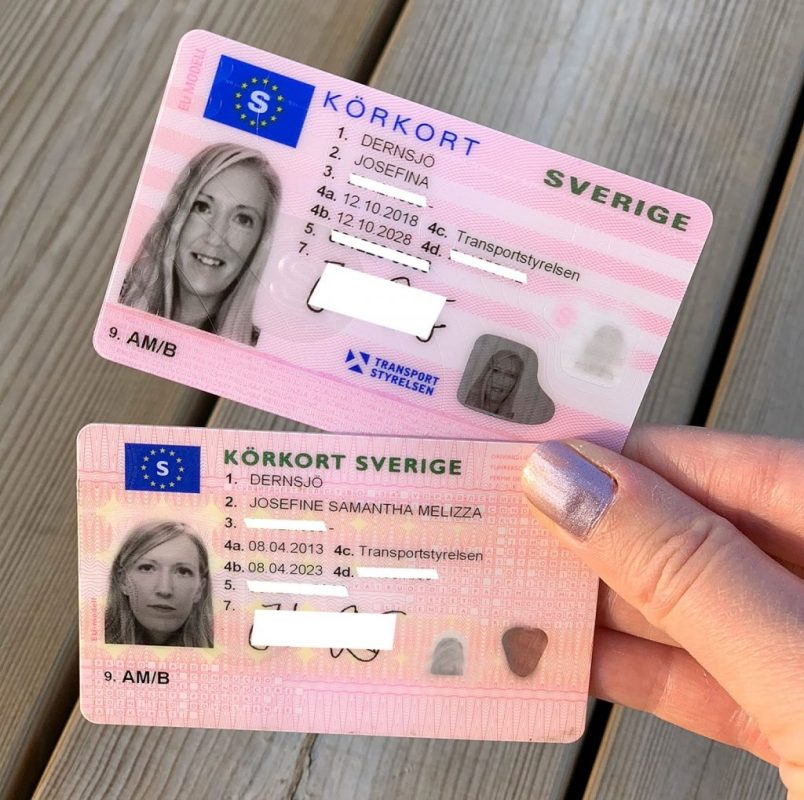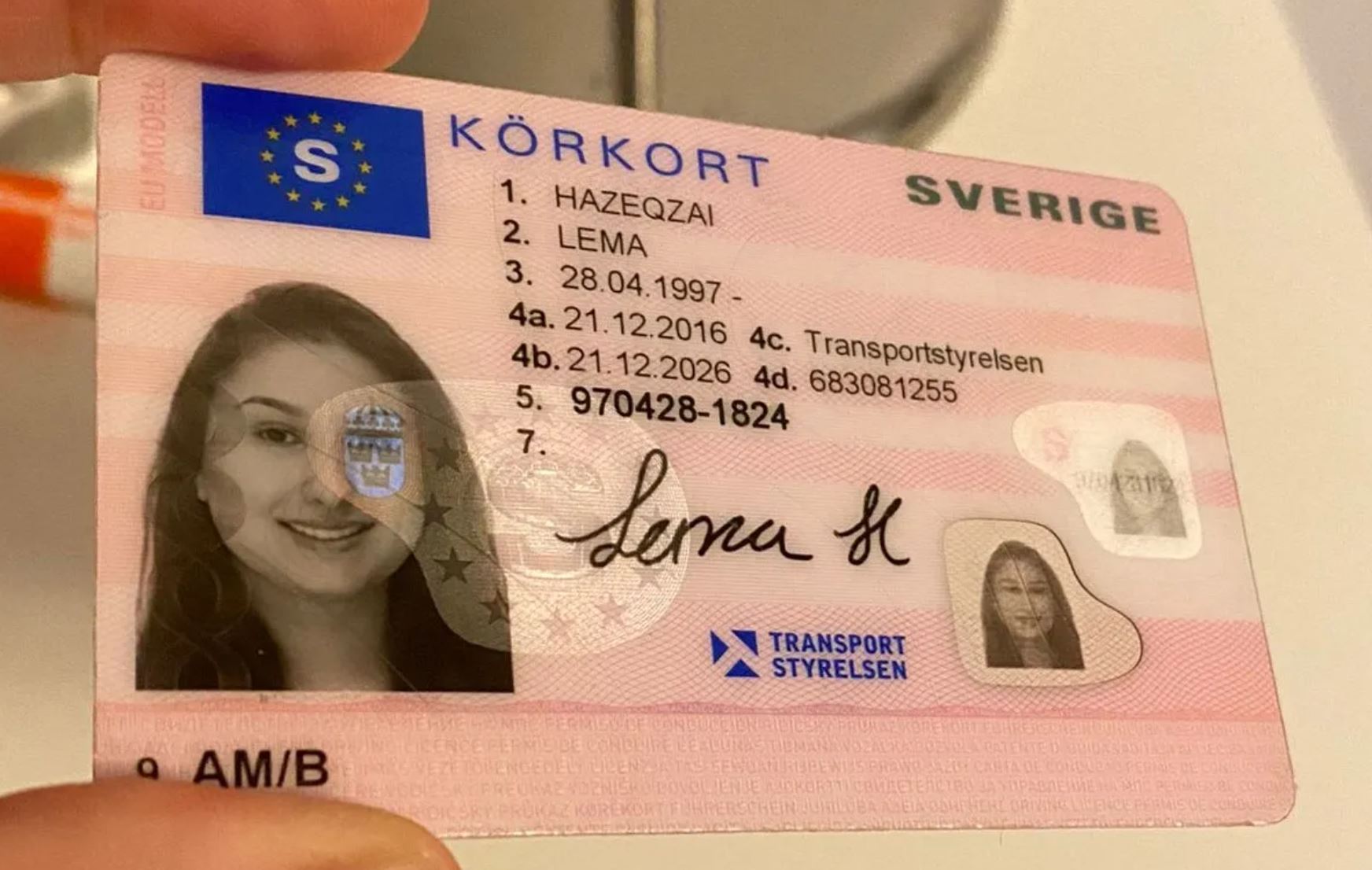10 Basics On Driving License Id-Handling 2025 You Didn't Learn In The …
페이지 정보
작성자 Wilfred 댓글 0건 조회 0회 작성일 25-08-05 06:14본문

Navigating the New Landscape of Driving License ID Handling in 2025
In every society, the driving license functions as an important document, not simply as an evidence of the capability to run an automobile but also as a recognition tool. As we enter 2025, substantial modifications have emerged regarding the handling and management of driving licenses, mostly influenced by advances in technology, developing regulations, and the need for improved security steps. This short article aims to deliver a comprehensive summary of driving license ID managing in 2025, elucidating the innovations involved, the upcoming legal improvements, and offering answers to typical questions.
The Transition to Digital Driving Licenses
Among the most noteworthy improvements in driving license ID handling is the extensive adoption of digital driving licenses. These digital licenses are kept digitally on mobile phones, offering numerous conveniences to both motorists and authorities. In the United States, for instance, lots of states have started implementing digital chauffeur's licenses, while nations such as Canada and the UK are expected to do the same quickly.
Secret Benefits of Digital Driving Licenses
- Convenience: Easily available on mobile phones, getting rid of the need to carry physical copies.
- Improved Security: Incorporating biometric features and encryption helps to combat identity theft and scams.
- Real-time Updates: Immediate updates to personal info, such as changes in address or status, boost precision.
Challenges and Concerns
Regardless of the advantages, the shift to digital licenses provides challenges, including issues about privacy, cybersecurity threats, and the digital divide impacting those without access to smart devices or the internet.
Changes in Regulatory Framework
As we head into 2025, a number of regulations surrounding driving licenses have actually come under analysis and change. Federal governments and regulatory bodies are focusing on making sure that driving licenses are safe and secure, legitimate, and provided in compliance with established laws.
Secret Legislative Trends
Standardized ID Formats: Countries are moving towards a standardized format for driving licenses to simplify recognition and enhance security.
Increased Verification Procedures: Authorities are now utilizing advanced methods such as facial acknowledgment and AI to enhance confirmation procedures at checkpoints.
Focus on Sustainability: With growing environmental issues, numerous states are going with eco-friendly materials for physical licenses and checking out robust digital options.
Age and Identity Verification: Enhanced steps are being put in location to accurately confirm the age and identity of chauffeurs, especially in contexts where age-related laws use to driving.
The Global Perspective: State-By-State Comparison
| Nation | Digital License Implementation | Present Regulations | Significant Features |
|---|---|---|---|
| United States | A number of states in progress | Varies by state, efforts to combine formats | QR codes for easy recognition |
| Canada | In pilot stages | Standardized recognition across provinces | Integration with health IDs |
| UK | Early adoption stage | Emphasis on online renewal and details updates | Digital verification by means of the app |
| Australia | Under consideration | Progressively stringent identification protocols | Focus on fraud prevention |
The Role of Technology in ID Handling
Innovation is changing how driving licenses are dealt with. AI, blockchain, and biometrics are becoming integral to driving license issuance and verification.
Developments Shaping the Future
Synthetic Intelligence: AI algorithms are now utilized for acknowledging patterns in driving behaviors, which can notify insurance coverage premiums and Skaffa Körkort legal implications.
Blockchain Technology: Ensuring the stability and credibility of driving license information, blockchain technology permits safe and secure sharing of information between authorities without fear of tampering.
Biometrics: Increasingly, biometric systems are carried out at the point of issuance and verification, such as facial recognition and fingerprint scanners, to guarantee protected identity confirmation.
Prospective Impacts of Emerging Technologies
The implementation of these technologies can cause enhanced dependability and security of driving IDs, but it raises questions about data privacy and user authorization.
Regularly Asked Questions (FAQs)
1. What should I do if my digital driving license is lost or stolen?
You should instantly report the loss or theft to your local automobile firm. The majority of digital licenses have integrated features to disable gain access to remotely.
2. Are digital driving licenses accepted all over?
As of 2025, acceptance of digital licenses varies by region. It's recommended to carry both digital and physical copies when taking a trip across state or national borders.
3. Can I upgrade my details on a digital driving license?
Yes, updates can typically be made through the associated mobile application or site of the releasing authority.
4. What are the security measures for digital licenses?
Digital licenses usually include features such as file encryption, two-factor authentication, and biometric verification to improve security.

5. How will conventional driving licenses be affected?
The move towards digital licenses may minimize the issuance of physical licenses, but they will still be readily available for those not able to gain access to digital options.
As we advance into a brand-new era in 2025, the handling of driving licenses is enhancing to fulfill the needs of modern society. Through technological improvements and regulatory reforms, people can expect a more safe and secure, effective, and streamlined procedure for getting and managing their driving licenses. Nevertheless, as digital solutions multiply, it stays important to address difficulties connecting to privacy, security, and accessibility, making sure equitable roadway access for all chauffeurs while safeguarding personal details. As federal governments throughout the world continue to adapt to these modifications, the future of driving license ID handling is set to be both vibrant and transformative.

